Dacia Sandero Hatchback (2013-2021) engines, drive and performance
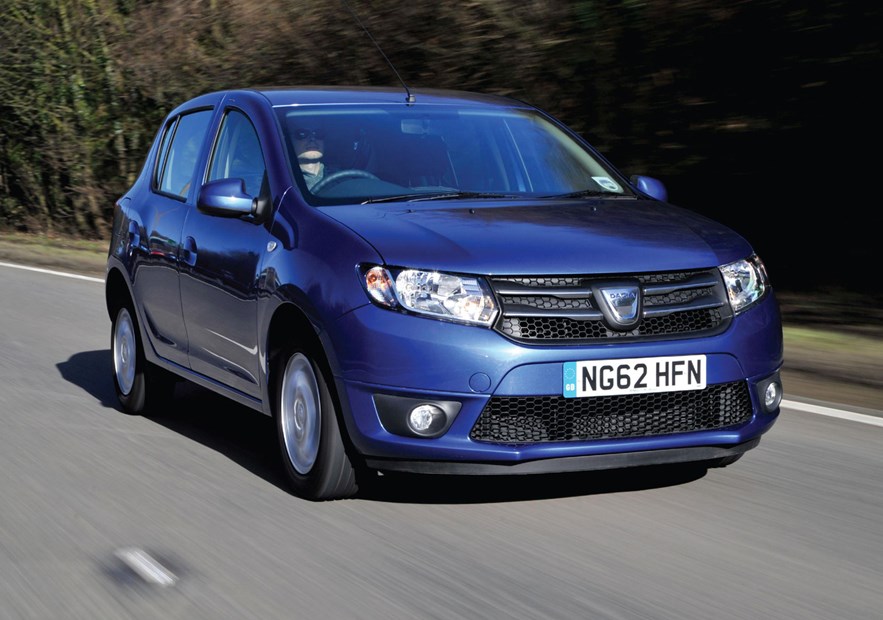
- Limited range of engine choices
- Diesel offers best economy
- Turbo petrol an appealing all-rounder
Chances are if you’re considering a Dacia Sandero then performance isn’t high on your priority list, which is just as well as none of the engines even muster 100hp.
Entry-level engine at launch was a non-turbocharged 75hp 1.2-litre 16V, which completed the 0-62mph sprint in a leisurely 14.5 seconds. Its top speed was an equally unremarkable 97mph.
At the end of 2016 this was replaced by a three-cylinder, 1.0-litre SCe 75 powerplant – again without a turbo – also producing 75hp. Performance was marginally improved: top speed rose to 98mph, while three-tenths of a second were shaved off the 0-62mph time.
It has an engaging, growly soundtrack, but it requires effort to make swift progress, meaning overtaking manoeuvres have to be considered carefully.
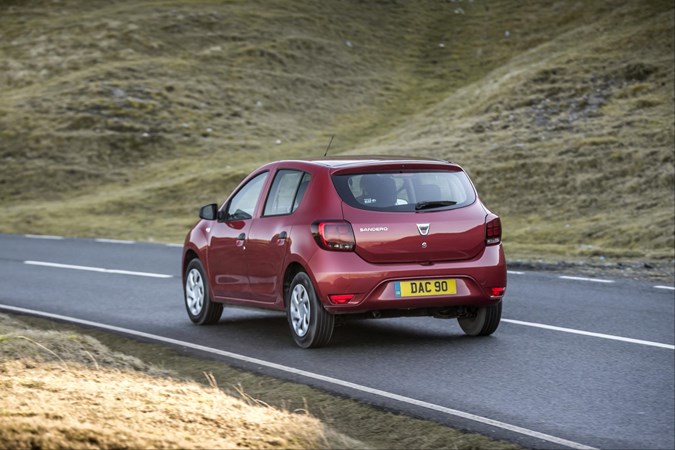
More appealing thanks to a little extra grunt is the TCe 90, a turbocharged version of the 1.2-litre unit. As its title suggests, it has 90hp on tap, meaning a top speed of 109mph and a 0-62mph time of 11.1 seconds.
Don’t assume that because it’s turbocharged that it’s particularly zippy – you’ll be working the gearbox hard to maximise its performance.
The sole diesel engine in the range is 1.5-litre dCi 90 motor, again with 90hp. It will get to 62mph in 11.8 seconds and has an achievable top speed of 107mph.
It feels moderately punchy, and more brisk from slower speeds than the TCe petrol, but diesels in small cars rarely make sense as you have to cover starship mileages to recover the initial price premium in fuel-saving terms.
Plus, on shorter, urban-centric journeys, diesel engines aren’t especially efficient anyway.
Ride and handling
- It’s a small hatch, so it’s nimble around tighter bends
- But there’s little enjoyment to be derived from it
- Nevertheless, it’s a comfy supermini
Somehow Dacia has managed to dial out a lot of the inherent fun that is normally part and parcel of a small-car package, making the Sandero rather lacklustre to drive.
In fairness, the Romanian brand isn’t on the hunt for drivers looking for an engaging steer – quite the opposite in fact as many Dacia buyers have little to no interest in cars as anything other than transportation machines.
While it’s nowhere near as sharp and nimble as a Ford Fiesta, it doesn’t disgrace itself, with body-roll kept reasonably in check, although there’s little by way of communication about what the front wheels are up to through the steering.
It’s also heavier to turn than most contemporary superminis, making urban driving a bit of a chore.
Still, what’s left is comfy, with decently managed damping to prevent it from rocking to and fro over undulating surfaces. It doesn’t particularly excel in this field – the Citroen C3 remains the comfort king – but it’s not especially far-removed.



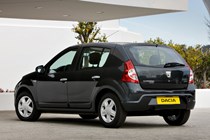

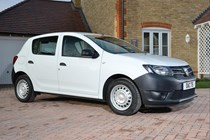
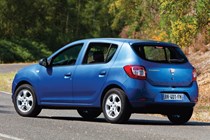
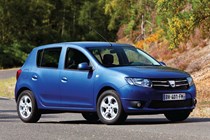
.jpg)
.jpg)
.jpg)
.jpg)
.jpg)
.jpg)
.jpg)
.jpg)
.jpg)
.jpg)
.jpg)
.jpg)
.jpg)

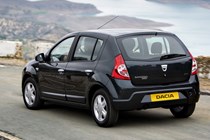

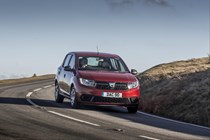
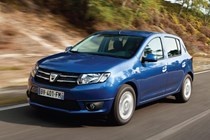
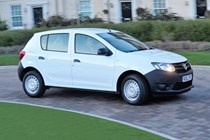
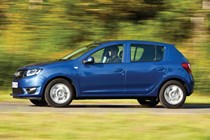
.jpg)
.jpg)
.jpg)
.jpg)
.jpg)
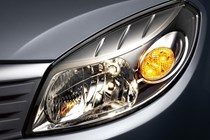
.jpg)
.jpg)
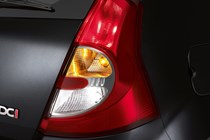
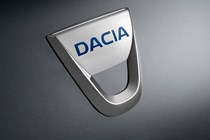
.jpg)
.jpg)
.jpg)
.jpg)
.jpg)
.jpg)
.jpg)
.jpg)
.jpg)
.jpg)
.jpg)
.jpg)
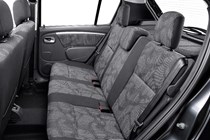
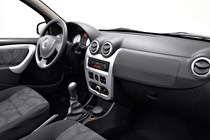

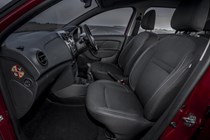
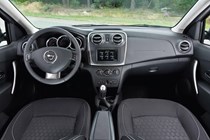
.jpg)
.jpg)
.jpg)
.jpg)
.jpg)
.jpg)
.jpg)
.jpg)
.jpg)
.jpg)
.jpg)
.jpg)
.jpg)
.jpg)
.jpg)
.jpg)
.jpg)
.jpg)
.jpg)
.jpg)
.jpg)
.jpg)
.jpg)
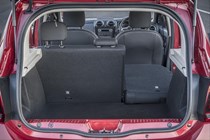
.jpg)
.jpg)
.jpg)
.jpg)
.jpg)
.jpg)
.jpg)
.jpg)
.jpg)
.jpg)








.jpg?quality=50)
.jpg?quality=50)
.jpg?quality=50)
.jpg?quality=50)
.jpg?quality=50)
.jpg?quality=50)
.jpg?quality=50)
.jpg?quality=50)
.jpg?quality=50)
.jpg?quality=50)
.jpg?quality=50)
.jpg?quality=50)
.jpg?quality=50)







.jpg?quality=50)
.jpg?quality=50)
.jpg?quality=50)
.jpg?quality=50)
.jpg?quality=50)

.jpg?quality=50)
.jpg?quality=50)


.jpg?quality=50)
.jpg?quality=50)
.jpg?quality=50)
.jpg?quality=50)
.jpg?quality=50)
.jpg?quality=50)
.jpg?quality=50)
.jpg?quality=50)
.jpg?quality=50)
.jpg?quality=50)
.jpg?quality=50)
.jpg?quality=50)





.jpg?quality=50)
.jpg?quality=50)
.jpg?quality=50)
.jpg?quality=50)
.jpg?quality=50)
.jpg?quality=50)
.jpg?quality=50)
.jpg?quality=50)
.jpg?quality=50)
.jpg?quality=50)
.jpg?quality=50)
.jpg?quality=50)
.jpg?quality=50)
.jpg?quality=50)
.jpg?quality=50)
.jpg?quality=50)
.jpg?quality=50)
.jpg?quality=50)
.jpg?quality=50)
.jpg?quality=50)
.jpg?quality=50)
.jpg?quality=50)
.jpg?quality=50)

.jpg?quality=50)
.jpg?quality=50)
.jpg?quality=50)
.jpg?quality=50)
.jpg?quality=50)
.jpg?quality=50)
.jpg?quality=50)
.jpg?quality=50)
.jpg?quality=50)
.jpg?quality=50)